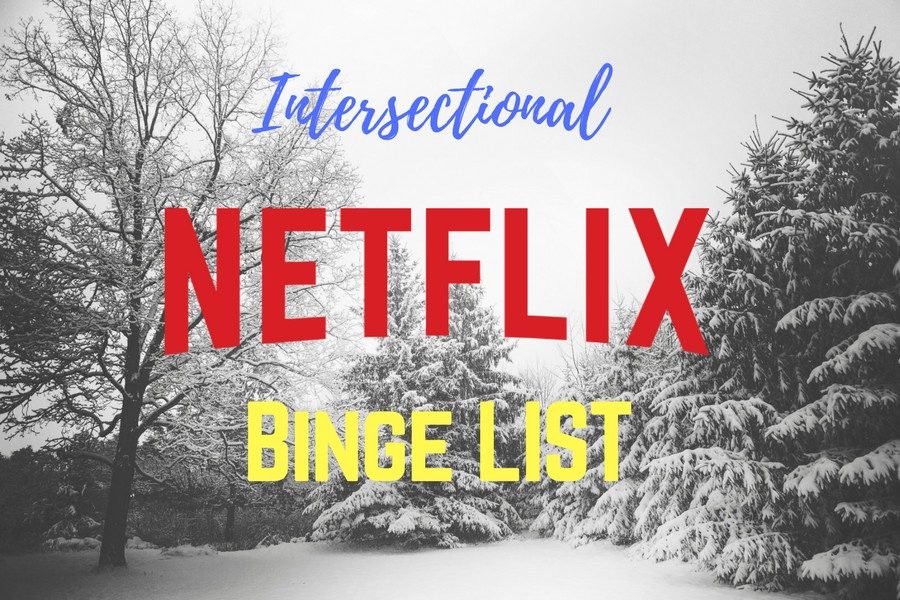Netflix’s ‘On My Block’ glimpses into the lives of teenagers in urban communities of color
Netflix is no stranger to releasing high-quality content that displays the perspectives of marginalized communities. From “Dear White People” to “Queer Eye”, there are multiple shows available through the streaming service that share the stories and struggles of people of color, LGBTQ+ people and other underrepresented groups in mainstream media and entertainment. Last month, Netflix released “On My Block,” and huge praise from viewers followed shortly after.
At first glance, “On My Block” may seem like any other cliché teen TV drama that might be a carbon copy of “Degrassi” or “Freaks and Geeks.” But what distinguishes “On My Block” from other shows in its category, and arguably makes the show entirely unique, is how it takes a look into the lives of teenagers who are not as privileged as their counterparts in other coming-of-age shows. The characters of “On My Block” do not live and go to high school in your typical, mown-lawn American suburbia. The show takes place in the urban, working-class, predominantly Latinx neighborhood of East Los Angeles.
The characters of the show are Latinx and black high school freshmen who have to struggle with the stereotypes and misconceptions that were set up against them. One of the most memorable scenes of the show takes place at a Halloween party in the wealthy neighborhood of Brentwood. After witnessing white teenagers who are dressed in culturally insensitive cholo costumes that mock Latinx people, the protagonists attempt to explain to them why their choice of costume is immoral. As a response, they start getting eggs thrown at them and chased away from the house where the party is set.
“On My Block” also did not hesitate to shed the light on problematic beliefs that still exist within the cultures of these marginalized communities, specifically machismo. One of the protagonists, Cesar, has to deal with his older brother, a well-known leader of a large gang, and his strict expectations of becoming a sort of sidekick or successor. Cesar feels excessively pressured to comply with his brother’s beliefs that the only way to be “a real man” is to dress a certain way, be willing to kill, not hesitate to consume drugs or alcohol and woo as many women as he can. Later in the season, Cesar starts to feel the tremendous mental toll that these gender roles associated with machismo cause.
In another perspective, the show justifies the necessity of cholo culture in neighborhoods like East L.A., which is tied to survival. Cholo culture became significant in urban Mexican communities of Southern California as a means of cultural support and belonging, and protection from the frequent violence within these types of neighborhoods. Shaved heads, tattoos, dark clothing and chains are perceived as intimidating, especially from a eurocentric point of view.
“On My Block” is definitely not your typical high school drama. The creative minds of the show did an amazing job at representing the lives of teenagers of marginalized communities in urban settings. The actors’ portrayals of their characters showed the actual emotions that these members of such communities have to experience, which are crucial to the development of each character. The plot of the season contains a few subplots that are sure to entertain, but nonetheless they come together in a very shocking season finale that is sure to leave your jaw open for minutes, followed by an extreme sense of anticipation for season two. Netflix, you outdid yourselves with this one.
Your donation will support the student journalists of Tulane University. Your contribution will allow us to purchase equipment and cover our annual website hosting costs.



Leave a Comment